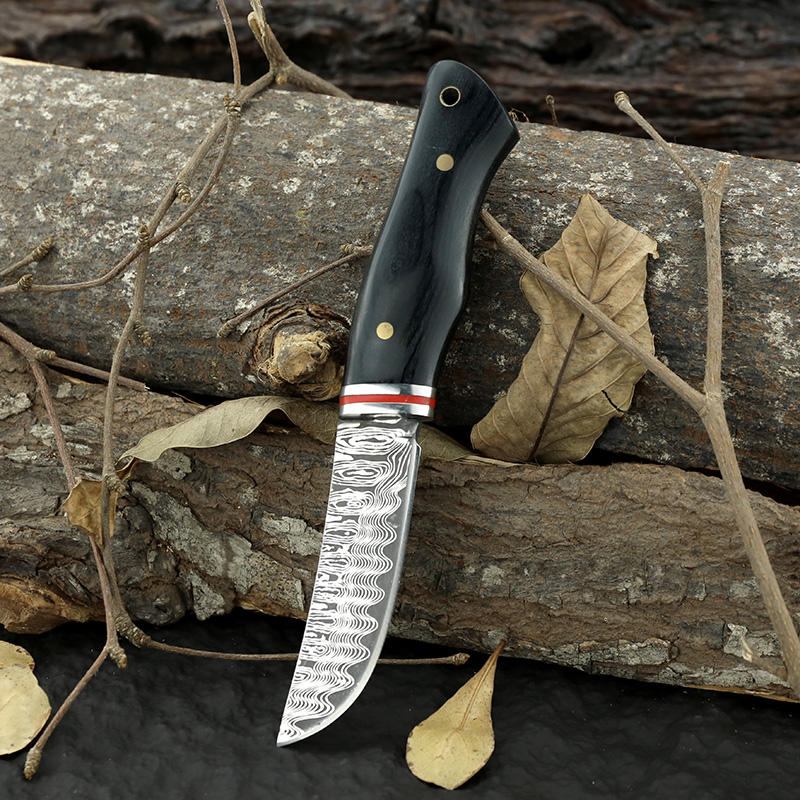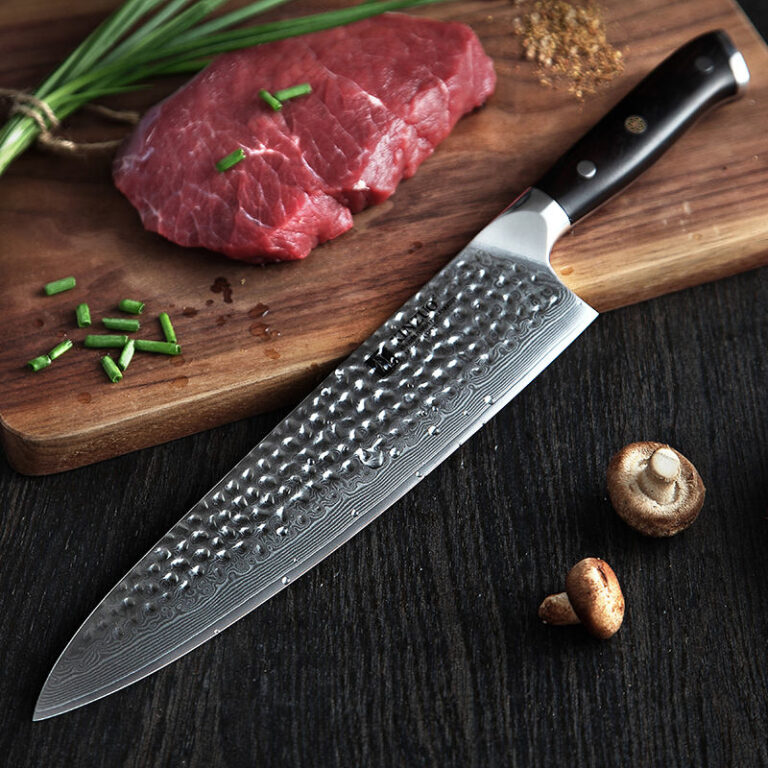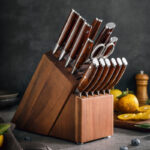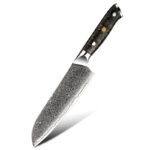What Is a Damascus Steel Knife? – My Experience with TuskBlade

As a knife enthusiast, I’ve always been drawn to Damascus steel knives. Their mesmerizing wavy patterns and impressive performance make them stand out from other types of knives. But what exactly is a Damascus steel knife, and why is it so highly regarded? Through my experience, particularly with TuskBlade Damascus knives, I’ll break down what makes these blades special.
- The History and Origins of Damascus Steel
Damascus steel has a rich history, dating back centuries to the Middle East and South Asia. The original “Wootz” Damascus steel was legendary for its extreme sharpness and durability, though the exact forging techniques were lost over time. Today’s modern Damascus steel is created by layering and forging different steels together, mimicking the original patterns while enhancing performance with advanced metallurgy.
- How Damascus Steel Knives Are Made
Modern Damascus steel knives, including those from TuskBlade, are crafted using advanced forging techniques. Here’s how they are made:
- Layering steel – Multiple layers of high-carbon and stainless steel are stacked together.
- Forge welding – The layers are heated and hammered repeatedly to bond them.
- Pattern development – As the layers are manipulated through twisting, folding, or etching, they create the signature wavy patterns.
- Heat treatment – The blade undergoes quenching and tempering to achieve the perfect balance of hardness and toughness.
- Why Choose a Damascus Steel Knife?
Based on my experience, Damascus knives, especially from TuskBlade, offer several key benefits:
- Superior Edge Retention – The combination of different steel types allows for a blade that stays sharp longer.
- Incredible Durability – The forging process enhances toughness, making Damascus steel resistant to chipping and breaking.
- Unique Aesthetic Appeal – No two Damascus blades are exactly alike, giving each knife a one-of-a-kind design.
- Versatility – Whether for kitchen use, outdoor survival, or collectors, Damascus steel knives perform exceptionally well in various settings.
- How to Maintain a Damascus Steel Knife
To keep a Damascus steel knife in top condition, I follow these simple care steps:
- Hand wash immediately after use – Avoid dishwashers to protect the intricate patterns.
- Dry thoroughly – Moisture can lead to rust, so I always dry my knife completely after washing.
- Apply protective oil – A thin layer of food-grade mineral oil prevents oxidation and keeps the blade looking pristine.
- Store properly – I keep my TuskBlade Damascus knife in a knife block or sheath to prevent damage.
Summary
A Damascus steel knife is more than just a cutting tool—it’s a combination of history, artistry, and high-performance engineering. From its unique forging process to its incredible sharpness and durability, it’s a must-have for knife enthusiasts. In my experience, TuskBlade Damascus knives offer some of the best quality and craftsmanship available, making them a perfect choice for anyone looking to own a truly exceptional blade.





